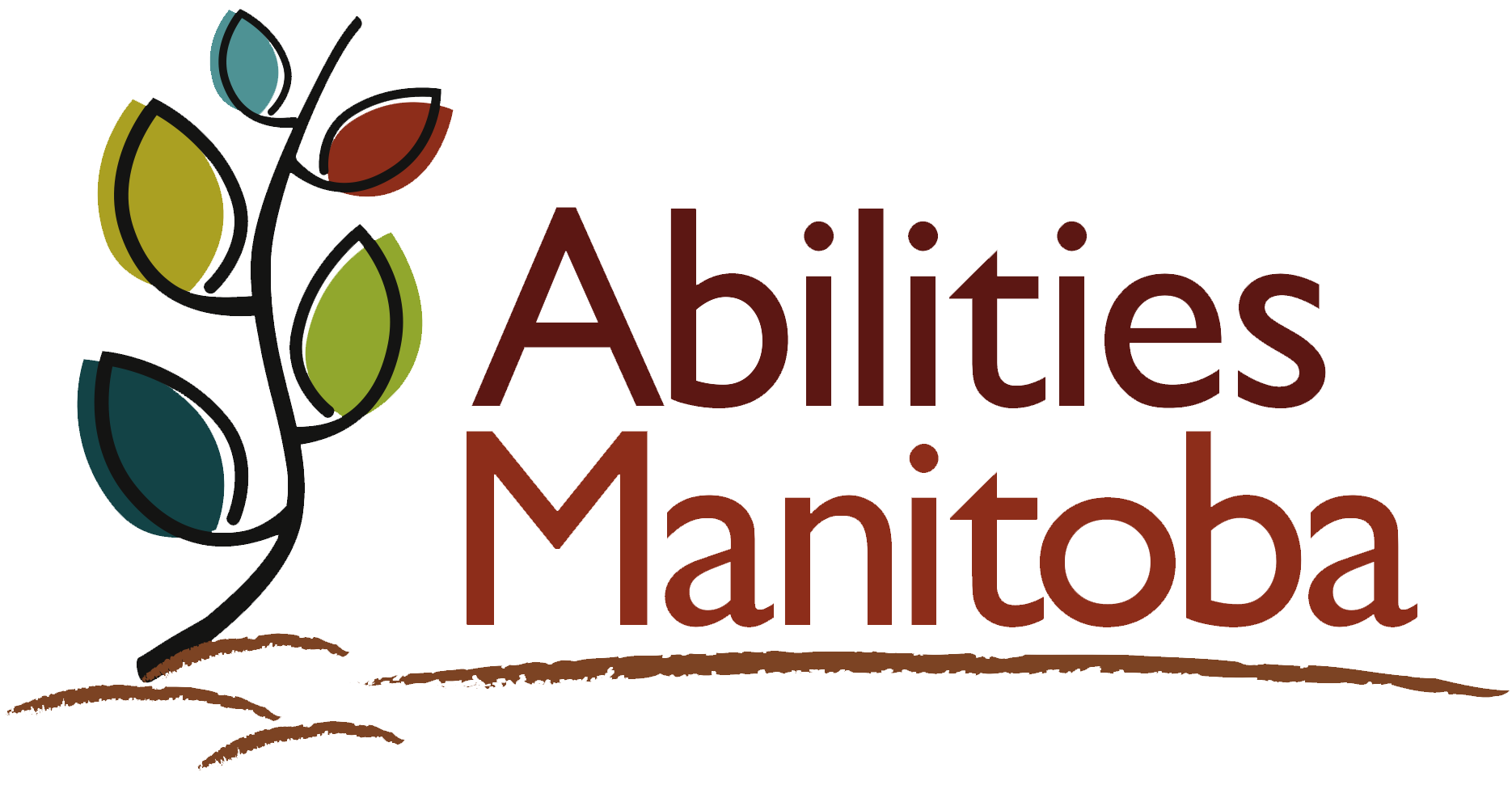Documents authored by Abilities Manitoba are available in alternative formats. For other shared documents and resources, please contact the original author. If you require any assistance please contact us and we will do our best to accommodate you.
You can contact us at admin@abilitiesmanitoba.org or 431-688-6108.
Leading Practice Guidelines
Risk Management
Type: Core Practice
Guideline: The organization has a risk management system that assesses, prevents, mitigates and responds to risk so that people supported have the opportunity for safe and healthy lifestyles without undue restrictions.
What does this look like?
Risk management systems balance the integrity of the organization with the rights and liberties of the person receiving services. Where risk is identified to a person, a formal review and due process is done to ensure that any strategies that are used to reduce that risk that might impact the person’s rights or freedoms are wholly justified, temporary and there is a plan to reduce. These actions would be a last resort after all other strategies or supports were tried.
Staff are expected and empowered to report possible or actual risks without reprisal.
Key Risk Management policies are in place and available. These would include:
- Legal assistance for personnel;
- Compliance with legislation/law;
- Investigating and review of critical incidents;
- Emergency measures (fire, missing person, severe weather/natural disasters, violent visitor, IT threat, etc.);
- Communications and social media
A robust system of risk management is in place and includes:
- Assessment of risk in key areas such as financial, political, legal, ethical, personnel, safety & wellbeing of people
- Identification of plans for mitigating or reducing risk and how will the organization monitor results
- Compliance with relevant laws, legislation and contracts, mandatory requirements, licensing
- Protection against loss
- Insurance protection for people, property, liability, vehicles
How would you know this is happening? (Evidence)
What you see in systems:
- Evidence of risk assessment, mitigation and reduction planning reported regularly to the Board of Directors.
- Insurance policies are in place.
- Key risk policies are available.
What you see in actions:
- People supported are not restricted unduly without review and due process.
- The Board of Directors and the leadership of the organization are aware of potential risks and have set plans in place to mitigate or eliminate them.
- Staff are confident and competent to assess risk and know how to report them.
